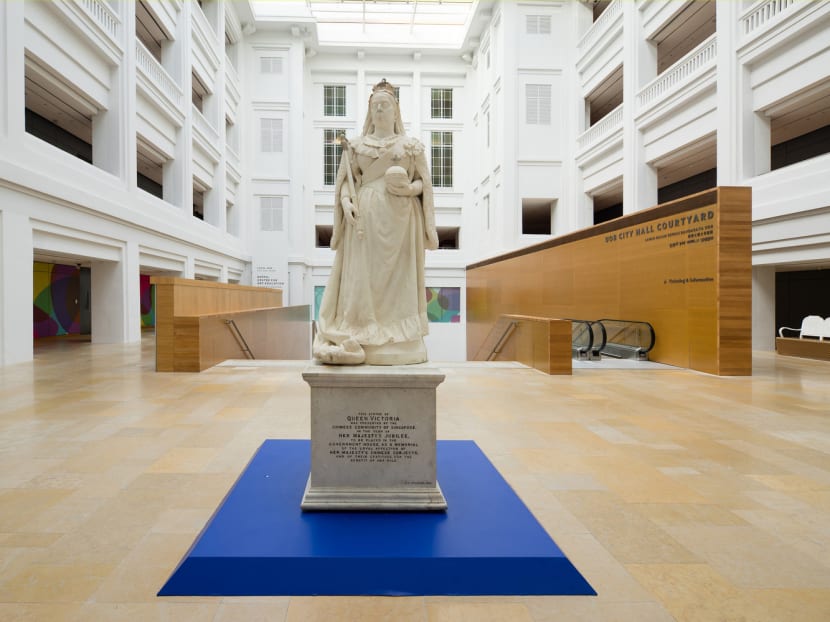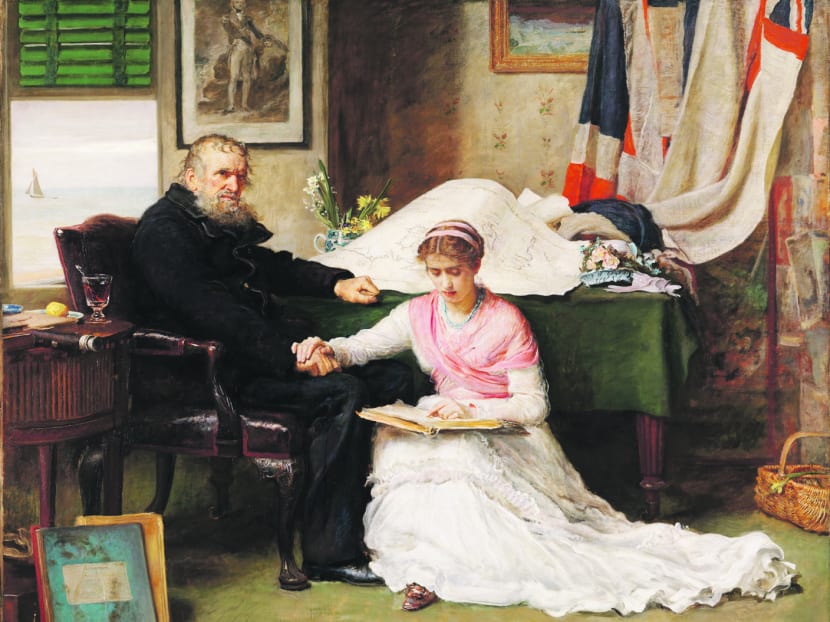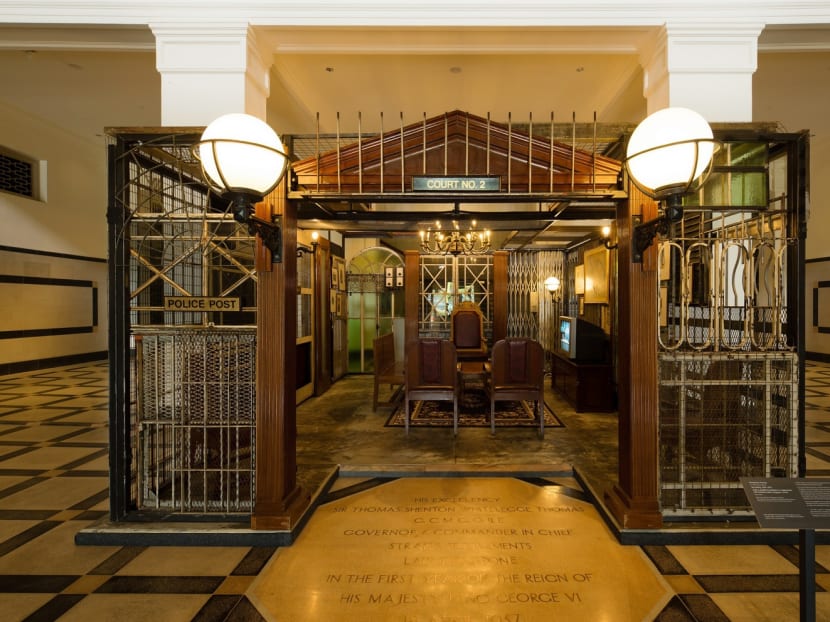National Gallery’s Artist and Empire seeks to avoid the controversies of its original exhibition
SINGAPORE — You might have already heard of the controversial Tate Britain exhibition Artist and Empire, which drew flak from some quarters for its portrayal of how the empire shaped British art.



SINGAPORE — You might have already heard of the controversial Tate Britain exhibition Artist and Empire, which drew flak from some quarters for its portrayal of how the empire shaped British art.
While some hailed the exhibition for tackling the pride and shame of its imperial past in a provocative exhibition, others, such as a reviewer from The Telegraph, countered that the show was a “stuffy, old world display you would assume an exhibition of this sort would be aiming to condemn”, instead of creating dynamic conversations stemming from the diverse views and attitudes towards the British Empire.
So you can be sure the curators at the National Gallery Singapore would seek to head another direction when they collaborated with Tate Britain on its own version of Artist and Empire, titled Artist and Empire: (En)countering Colonial Legacies.
Instead of adopting the perspective of the British empire, the show, which opened yesterday, will explore matters from the angle of former British colonies. It also focuses solely on the narrative of art rather than history, leaving out artefacts and ethnographic materials.
Low Sze Wee, director for curatorial, collections and education and curator of the exhibition, explained: “We took the riskier route by deciding not to include the ethnographic objects, because once you include them ... you introduce another element that either as a curator you have to address adequately, or you will be accused of being superficial with the materials.”
Another departure from the original: The art works displayed will involve more than three quarters of its 211 works representing South-east Asian countries, India and Australia, which are on loan from regional and international public and private collections, including Singapore’s National Collection. Iconic paintings presented include the Meeting of General Yamashita and General Percival by Saburo Miyamoto, 1942, which is on loan from the National Museum of Modern Art in Tokyo.
The British version, said Low, “really limited their exhibition to works found in the United Kingdom”. Their show “reflects the state of collecting and how the museum collection was formed in the United Kingdom” at the time, he explained.
So for the Gallery’s show, it sought to portray a wider range of works to shed light on the diverse perspectives from Singapore and the region about a significant period of history, because “our audiences here are different and the perspectives we have on issues of the Empire and colonisation are also different,” Low added.
For the Artist and Empire, the viewer definitely notices the geographical diversity of the works. For example, in the section of the exhibition titled Expressing the Nation, a portrait of an Australian woman titled An Australian Native by Tom Roberts hangs next to an oil painting of a Naga Warrior by U Ngwe Gaing, a Burmese artist. One of the more powerful dichotomies presented in the exhibition, this pair of works is intended to represent what being a native means to two very different communities — a settler’s colony in Australia and tribal natives in Myanmar.
Do not expect the show to house only historical works, it also contains commissioned contemporary art works by local and regional artists, in their interpretations of once being a British colony.
Expressing the Nation is part of the second section Encountering Artistic Legacies, which looks at the effect of the colonial experience on the rise of modern art in former British Colonies in South-east Asian, India and the Pacific. The first section of the exhibition Countering the Empire presents classical artworks from the time of the British Empire alongside the contemporary works, which include those by Singapore artists Lee Wen, Tang Da Wu and Malaysian artist Yee I-Lann. There are also special commissions by Malaysian artist Wong Hoy Cheong and Erika Tan from Singapore.
Wong’s work Re:Looking is an installation that is essentially a living room you can walk into and watch a fictional television news programme created by the artist in 2002 in response to the question: What would it be like if Malaysia had colonised Austria?
Constructed entirely out of salvaged architectural elements from the former Supreme Court and City buildings, Wong’s installation located at the former Supreme Court foyer, is — interestingly — away from the Singtel Special Exhibition Gallery where Artist and Empire is held. The only other work in this exhibition located outside of its gallery is the statue of Queen Victoria, which stands majestically at the UOB City Hall Courtyard.
Toffa Abdul Wahed, curatorial assistant who worked on Re:Looking, explained: “We wanted the exhibition to go beyond the gallery spaces. We wanted to try something new.”
She added: “Besides, the buildings themselves are colonial-era buildings, so visitors should move through the whole gallery from the City Hall to the Supreme Court. We placed the two works strategically to ensure people would go to these places.” REENA DEVI
The exhibition runs from Oct 6 to Mar 26, 2017 at the National Gallery Singapore.





